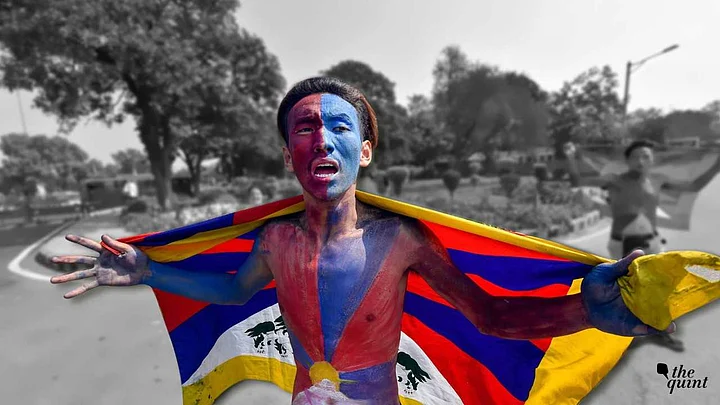When you thank a person for his or her hospitality or a favour done or courtesy shown to you, that person’s usual and expected response is “You are most welcome.”
In the lead-up to a major year-long Thank You India event to commemorate 60 years in exile and to take place across India and organised by the Central Tibetan Administration, the government of India’s response seems to be “We don’t want your thank you.”
As reported, the cabinet secretary of the union government issued a circular advising central and state leaders and officials not to attend any ‘Thank You, India’ event. The Central Tibetan Administration was advised to move the highlight of the event from New Delhi to Dharamsala.
India’s Diplomatic Tip-Toeing Should Not Distract the Tibetan Refugees
This is the trending topic among Tibetans on social media. Tibetans have expressed their disappointment, suspecting a shift in the attitude of the government of India to the Tibetan cause.
But they shouldn’t be disappointed, and there is no shift in the Indian government’s policy to the issue of Tibet.
In fact, India’s diplomatic tip-toeing around the issue of Tibet should not distract the Tibetan refugees from the Indian government’s massive, consistent and unstinting support to them. With India’s support and under the Dalai Lama’s guidance, the Tibetan refugees have been able to establish a productive and cohesive community serviced by schools, settlements, hospitals, clinics, old people’s homes, monasteries and higher learning centres, all centrally or autonomously supervised by the Central Tibetan Administration.
More importantly, India’s tolerance and hospitality has given space to Tibetan refugees to re-energise and revitalise the institutions, values and disciplines of Tibet’s Buddhist heritage. This ability to re-establish Tibet’s cultural and spiritual heritage in India has attracted students and scholars from areas which once came within the ambit of Tibet’s Buddhist civilisation. The Dalai Lama’s tireless travel and his message of peace and compassion have drawn new students and scholars to India from across the world.
Some scholars call the ability of Tibetan refugees to plant the roots of cultural Tibet in India “one of the miracles of the twentieth century.”
What the next generation of Tibetans does with this gift given to them by the Dalai Lama and India will test the mettle on which depends the continued survival of Tibet outside of the plateau.
As for the government of India’s policy to Tibet is concerned, that was settled in 1954. That year, India and China signed the Panchsheel agreement in which India recognised Tibet as an autonomous part of the People’s Republic of China.
Against this historical background, how the government of India will continue to view the exile community will depend on the Tibetan refugees themselves. How they conduct themselves, how they use the enormous freedom granted to them, and how they use the same energy to strengthen their cultural and community cohesion will shape the central government’s view.
As for the Indian public, there is a groundswell of sympathy and support generated by the Dalai Lama. This support and sympathy should never be squandered.
(Thubten Samphel is the director of the Tibet Policy Institute, a research centre of the Central Tibetan Administration in Dharamshala. The opinions expressed are the author’s own. The Quint neither endorses nor is responsible for the same.)
(At The Quint, we question everything. Play an active role in shaping our journalism by becoming a member today.)
